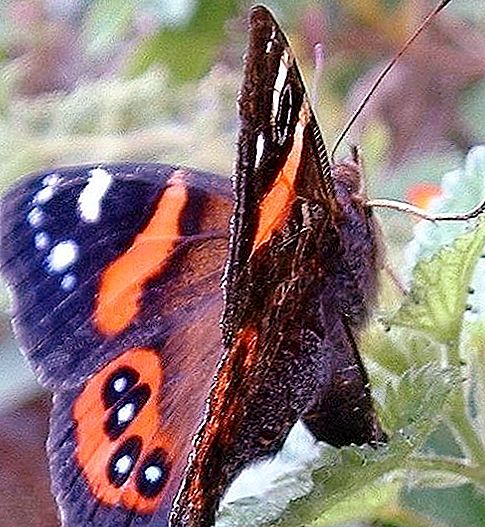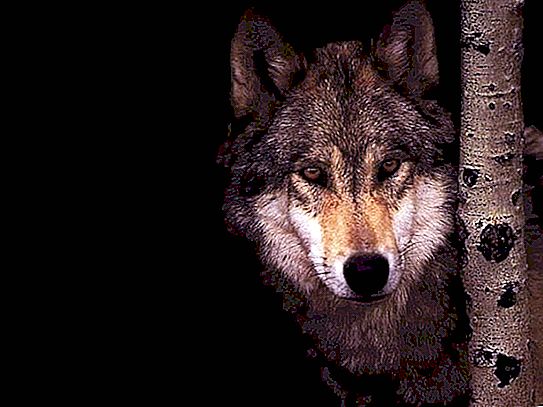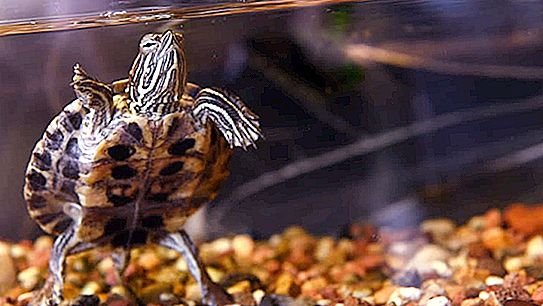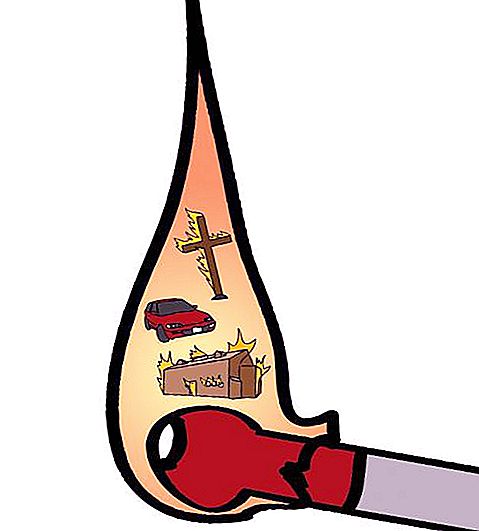The Maya River is the largest tributary of the Aldan flowing through the territories of the Khabarovsk Territory and Yakutia. The length of the channel is quite large (1053 km), and the catchment area is 171 thousand square kilometers. Through the Khabarovsk Territory, the Maya River passes through a section of the channel from the source to the confluence of the Yudoma tributary, and then flows through the lands of Yakutia.
The name "Maya" is of Turkic origin and literally means "land of the river."
General description and photo of the May River
Maya is a very beautiful Far Eastern river, winding among the picturesque landscapes of mountains and ridges. It is very interesting for fishing and rafting. Its source is located in the headwaters of the Yudomo-May Plateau at an altitude of 1100 meters above sea level and is formed from the confluence of two rivers - the right Mai and the left Mai.
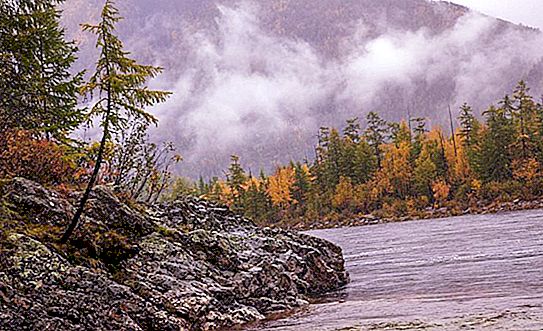
The river flows into Aldan on the right side and almost against the current, which is very rare. The mouth is located opposite the village of Ust-Maya (height above sea level 153 meters).
A section of the Maya River in the Khabarovsk Yudomo-May Highlands belongs to the Ayano-May District. After the mouth of Yudoma, the Republic of Sakha (Yakutia) begins. In this region of May is considered one of the most picturesque rivers. However, its tourist development is not so intense due to the remoteness of the channel from the places of civilization and its inaccessibility for lovers of fishing and rafting.

Navigation on the Maya River is possible from the mouth to a point located 547 km upstream. In some cases, you can climb 577 km to the confluence of the Northern Uy tributary. River ships can only be reached here by large water.
Geography
The Mai route runs through a wide valley, where the river forms old lake and a large number of channels. 20 kilometers from the source, the channel enters the gorge between steep cliffs, which, tightly approaching the water, form clamps. This section ends just before reaching the confluence of the core tributary.
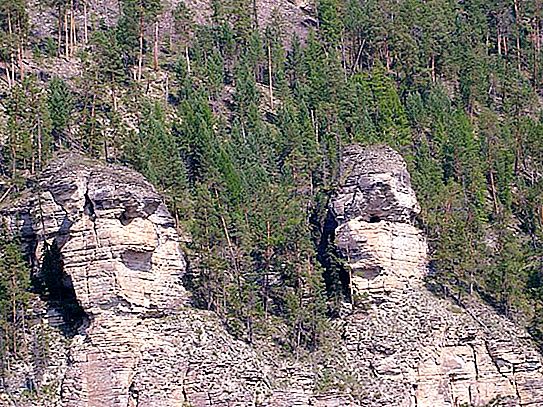
Passing the gorge, the river valley again becomes wide, spilling several kilometers after Deering Yarokh. The formation of the duct begins below the confluence of the Sakha tributary.
Very few settlements are found along the river, among which:
- Nelcan;
- Jigda;
- Aim;
- Ust-Yudoma.
Especially famous is the village of Nelkan, through which the route from Yakutsk to the Sea of Okhotsk used to run. This settlement was founded in 1818, and is now the organizational center of the ridge territory of the Ayano-May district.

Below the confluence of the Lima canal, the riverbed forms a large loop enveloping the Nelcan Mountains. The latter come close to the water, forming sheer cliffs. Three ducts flow into the loop on the left side: Maimakan, Ignikan and Batomga.
Waterway Characteristics
Maya has a wide winding channel, during which ducts, pebble banks and rifts are often found. In some areas, the river crashes into the banks, destroying and eroding them. The main channel forms a network of hoses, which can depart from the fairway by 2-3 kilometers, and the extreme channels - by 10.
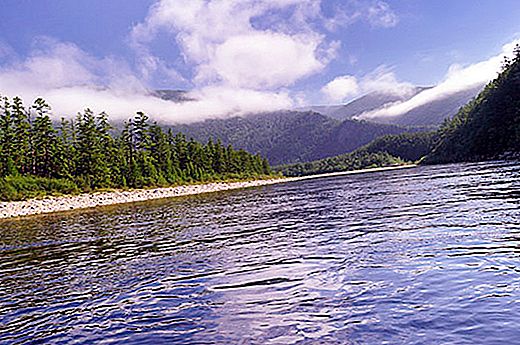
The river valley in the upper part is wider and marshy than in the lower reaches, but at the same time, smaller. The smallest depth is noted on pebble rifts, where it does not exceed 25 cm in the period of low water. The smallest part of the river is from the source to the mouth of the Northern Uy. The length of this section is 600 km.
Especially a lot of pebble riffles in the segment from Uya to the place of the Lika confluence with a length of 200 km. The current is fast and the slope is large (average value - 0.34 m / km). The width of the channel in this section varies from 70 to 370 meters, and the floodplain reaches one and a half kilometers.
Despite the fact that for the most part the upper reaches of Mai are considered wider than the lower reaches, at the very beginning of its path the river has a relatively narrow channel. After Lika there follows a length of 220 km, ending at the mouth of Yudoma. The channel here is wider (350 meters), and the depth reaches 80 cm. The inflow of Yudom makes the river more full-flowing, which entails an increase in the valley to 19-15 km. From that moment, May becomes truly wide (200-600 meters).
Hydrological regime
The May River is characterized by mixed nutrition. Replenishment sources are the source water, rain, tributaries and snow, the melting of which makes the greatest contribution. River level jumps are seasonal in nature and are associated with ice drift (rise by 4 meters) and summer downpours (increase by 1-1.5 meters). The average annual water flow in May is 1, 180 cubic meters per second. The flow rate is quite high both in the upper and lower reaches.

In the second half of October, May is covered with ice, which begins to melt only in mid-May. Floods regularly occur on the river, and especially often during the transitional period from July to August. When these phenomena occur on several tributaries at the same time, floods occur in May that cover silty shores and islands with water, the presence of which is only indicated by sticking out trees.
Nature
On the shores of Mai there are also natural monuments, which include karst caves:
- Abagi-jae;
- He is not;
- Namskaya.
In some places on the sides of the channel rise the famous multi-colored cliffs, among which there are red, blue and brown. Where the channel climbs to the sloping side of the valley, a picturesque view of the lake shore opens. Between the marshes of the river, an ancient taiga grows in places, which is not affected by either human economic activity or natural fires. These sites have a unique primeval appearance.
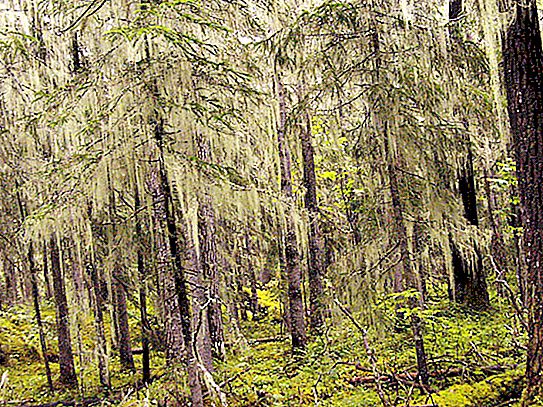
Another natural attraction of Mai is the huge Tsipandinsky Cave, which extends 400 kilometers south of the coast and overlooks the Uchur River.
Flora and fauna
The list of species of fauna living in the coastal zone of the Maya basin is quite rich and includes:
- large predatory animals (wolf, bear, fox);
- ungulates (elk, deer, roe deer, musk deer);
- birds (capercaillie, black grouse, hazel grouse, partridge);
- small forest animals (hare, marten, columns, sable, chipmunk);
- a large number of waterfowl.
Flora is represented by coniferous forests, as well as deciduous trees (birch, aspen, poplar, willow), various shrubs (including berry) and herbs.
Relaxation
Rest on the Maya River involves 3 main types of activities:
- alloys;
- fishing;
- visiting natural monuments.
Inaccessibility and remoteness from settlements make this river a unique place of pristine nature. However, for the same reasons, the tourism sector is poorly developed within its channel.
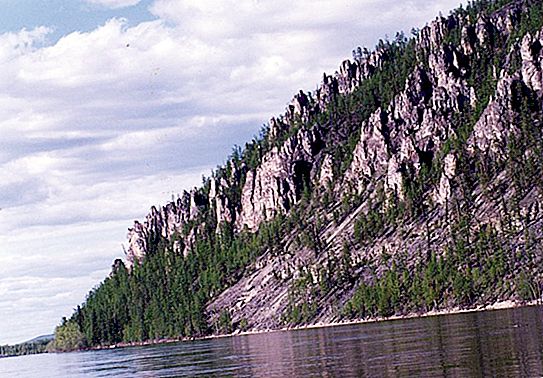
Holidays on May are more complicated than on rivers with well-established routes. Getting to the place where you can start fishing or rafting is quite difficult. But for lovers of the romance of untouched nature, the Maya river is ideal, and experienced fishermen will certainly appreciate the pristine nature of its waters, the ichthyofauna of which has not been affected by human actions, including uncontrolled fishing.
Alloys
Due to the swiftness of the waters and powerful sinks, rafting along the Maya River is quite complicated, but well suited for adrenaline lovers. Shiver and creases are often found in the upper reaches of the route, among which there are perennial ones.
The advantage of the Maya River is that it is quite full of water from the very sources. This makes it possible to start rafting from the upper channel. Typically, tourists get there from the city of Nikolaevsk-on-Amur. The upper part of the river is not very comfortable for rafting due to poor banks, on which there are practically no zones of solid soil.
A very common route from the village of Briakan to the mouth of Mai. On this section of the channel there are picturesque gorges with waterfalls. During the rafting you can admire the pristine beauties of the nature of the Far East, no settlements are found along the way. The total length of this route is 300 kilometers.
Quite often, following the Mai channel is a continuation of the rafting on the Yudoma River. The combination of water travel with fishing is very popular.

